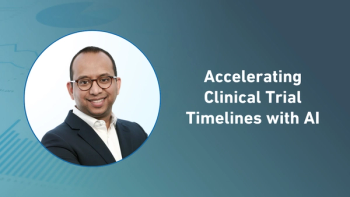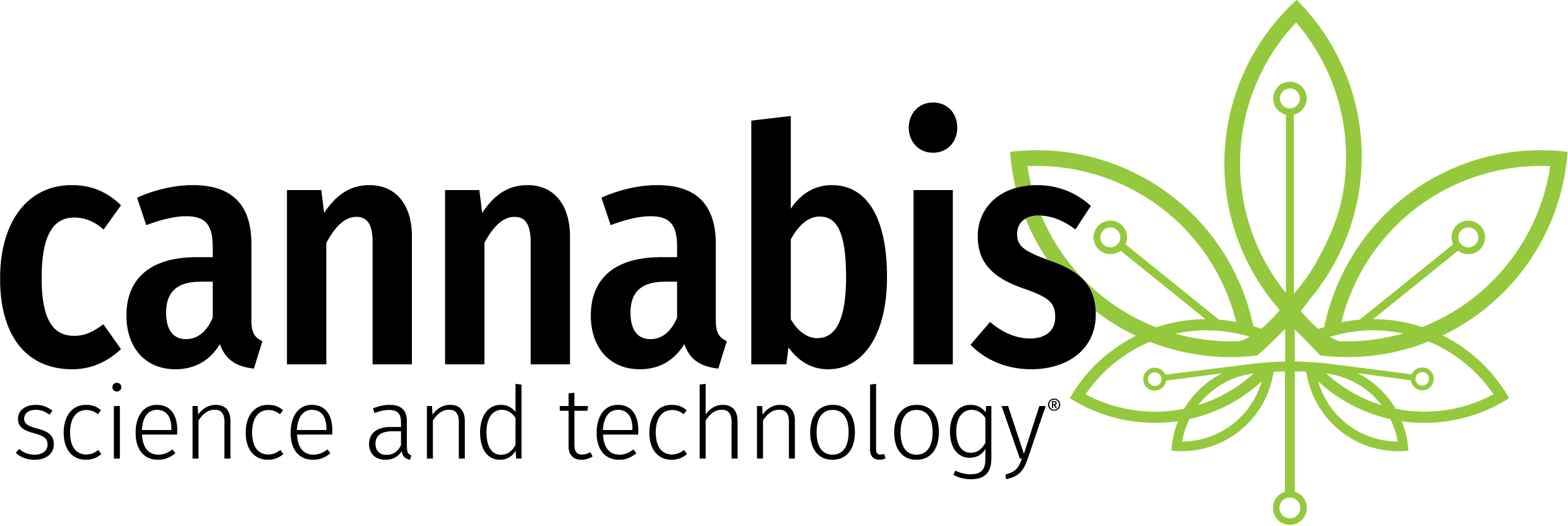
- Applied Clinical Trials-08-01-2006
- Volume 0
- Issue 0
eShowcase
Tools for Clinical Trials Professionals
Software digitizes the entire clinical trial source and lifecycle management process
Oracle (Redwood Shores, CA) recently announced the integration of DrugLogic Qscan with its Adverse Event Reporting System (AERS) tool. The combined solutions offer a risk management architecture that leverages advanced analytics to help companies streamline compliance with pharmacovigilance requirements.
As a result of this integration, AERS pharmacovigilance users can visualize their case data in Qscan right away and focus on the case of most interest. Drug safety teams can also set minimums for automatically detecting safety signals and receiving alerts when thresholds are reached or exceeded.
Oracle Adverse Event Reporting System
Oracle AERS features a query-by-example module that allows users to mine data with multiple case data elements. They can perform queries using advanced dictionary relationships, or return data based on Standardized MeDRA Queries. And with the new Qscan component, users can immediately investigate adverse event data against public data sources.
Oracle, (650) 506-7000,
EDC tool now boasts barcode scanning capabilities without the hassle of software installation
TrialStat Corporation (Ottawa, ON) announced enhancements to their ClinicalAnalytics 3.0 (CA3) handheld electronic data capture technology at the DIA Meeting in June. Now, CA3 features barcode scanning capabilities, allowing researchers using handheld wireless devices with barcode scanners to capture information directly into electronic forms. They can identify such items as case report forms, subjects via wrist bands, and laboratory and pharmaceutical materials. This feature requires no additional programming or configuration.
TrialStat ClinicalAnalytics 3.0
CA3 is available as a Web-based service that offers integrated support for disconnected devices. Since CA3 is a hosted tool, there is no software to install at clinical research sites. Additional features include image-based data capture, customizable dashboards and coding dictionaries, easy-to-use audit trail, automatic Word and PDF documentation, randomization, real-time form validation, and a patient self-reporting tool.
TrialStat Corporation, (613) 741-9909,
Newest version automatically migrates data between CRFs when mid-study changes occur
Phoenix Data Systems (PDS; Philadelphia, PA) announced the release of Express 4 in June. The software is an update to PDS's EDC application designed to help life science companies capture, clean, and manage data throughout all clinical trial phases.
Express 4 uses the .Net framework to enable interaction between internal and remote systems. This results in streamlined deployment, enhanced interoperability with diverse systems, and improved update capability. A useful feature of Express 4 is seamless CRF version management, which lets existing subject data from one CRF version migrate to another in the event of mid-study changes.
Phoenix Data Systems Express 4
The suite also features the PDS AutoEncoder, a medical dictionary tool that streamlines coding (data management services are also available if a client wants to code manually) plus improved reporting and forms marking.
Phoenix Data Systems, (484) 928-6000,
Articles in this issue
over 19 years ago
Impact of IBCTs on Clinical Trial Efficiencyover 19 years ago
Medical Device Development: U.S. and EU Differencesover 19 years ago
No Plain English for UK Subjectsover 19 years ago
Web 2.0 Revolution: Power to the Peopleover 19 years ago
ADR Reporting: A Clearer Explanationover 19 years ago
Drug Development on Railsover 19 years ago
Collaborating for CT Systems Validationover 19 years ago
Two Years Later: The Impact of the EU Directiveover 19 years ago
Grasping the FDA's PRO Guidanceover 19 years ago
FDA to Modernize BIMO ActivitiesNewsletter
Stay current in clinical research with Applied Clinical Trials, providing expert insights, regulatory updates, and practical strategies for successful clinical trial design and execution.






.png)



.png)



.png)
.png)
